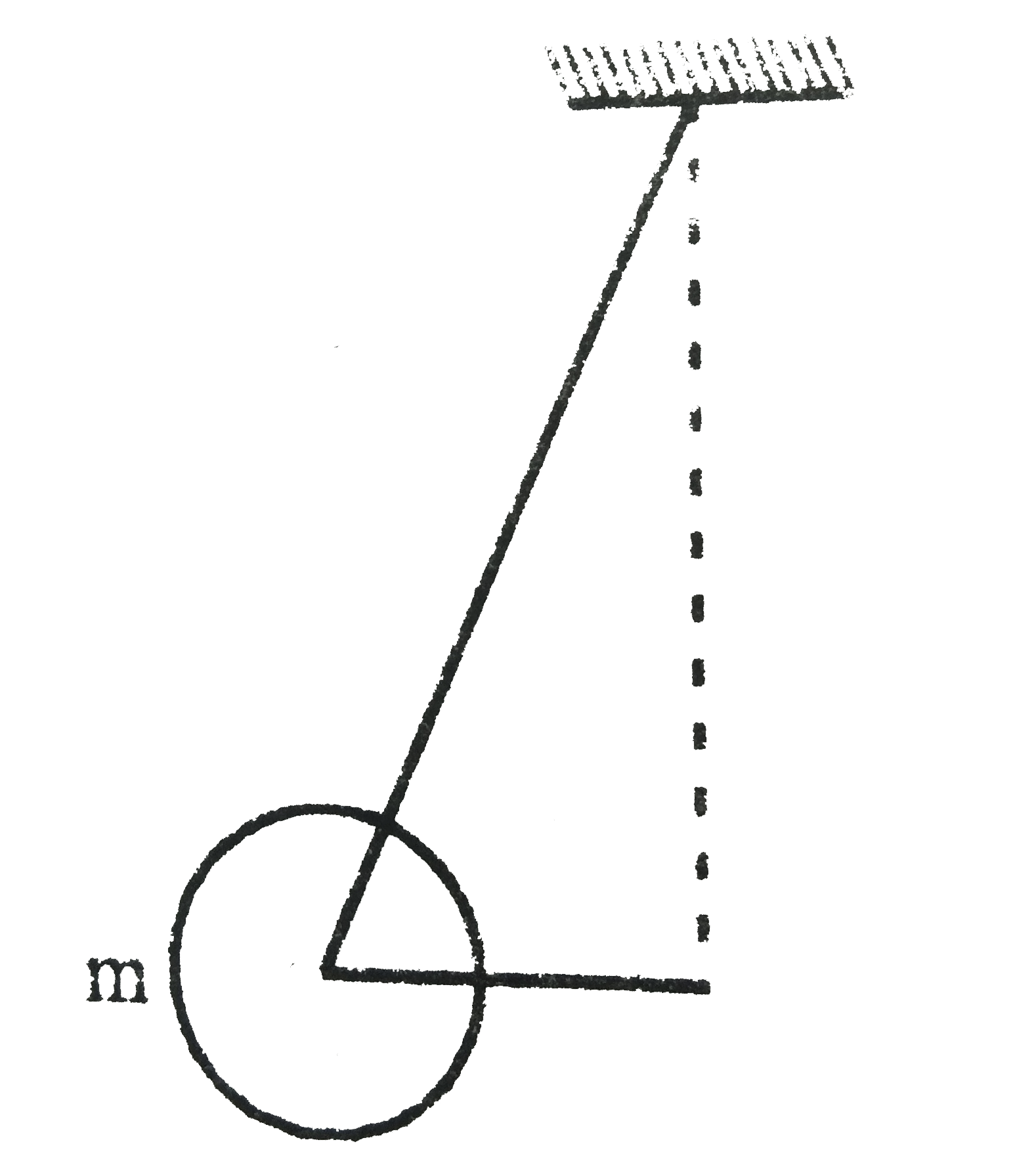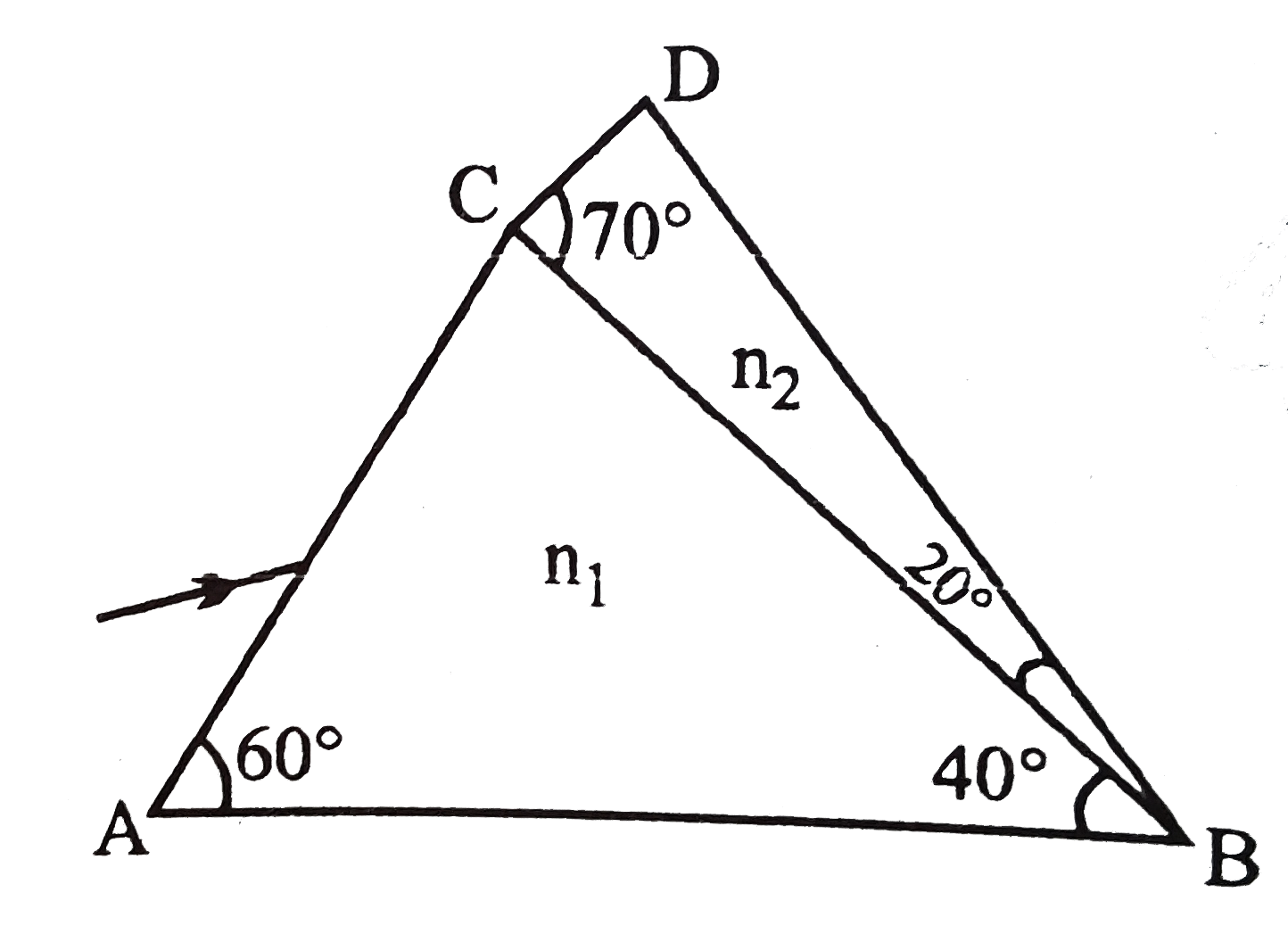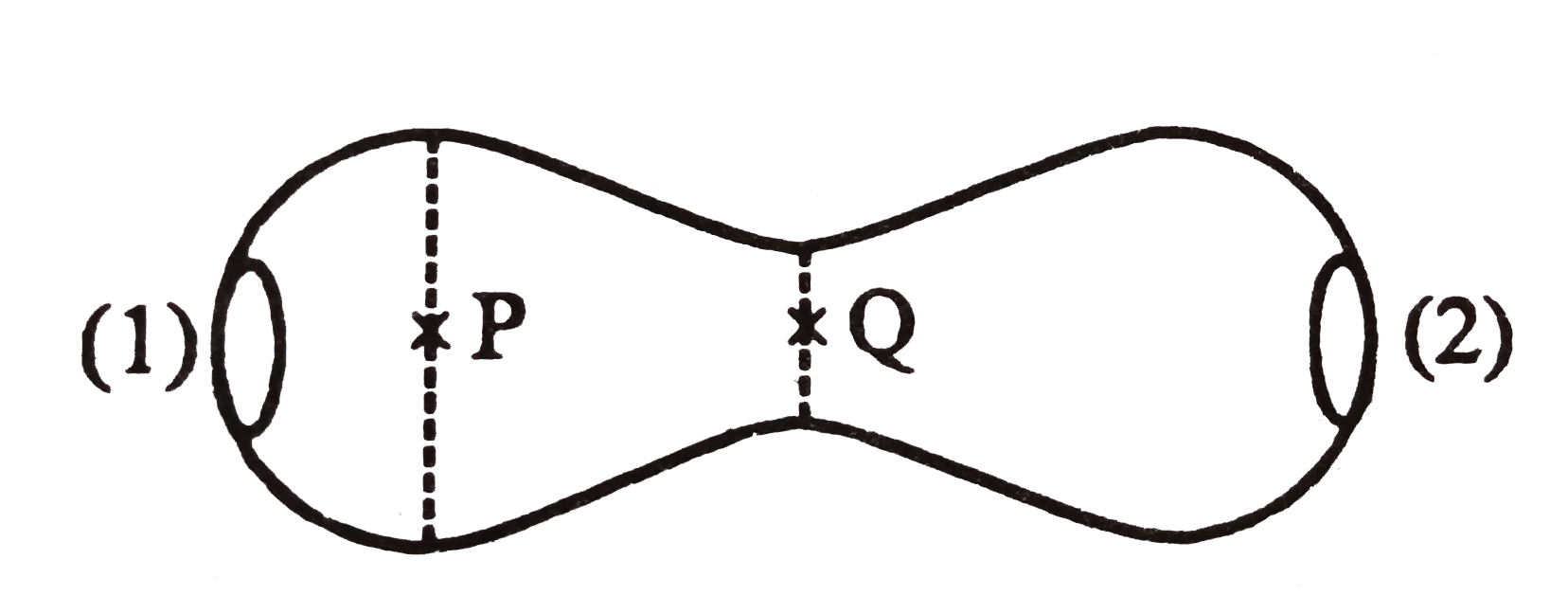When a potential difference is applied across the ends of a linear metallic conductor Solution in Gujrati
the free electrons are accelrated continously from the lower potential end to the higher potential and of the conductor
the free electrons are accelerated continously from the higher potential end to the lower potential end of the conductor
the free electrons acqurie a costant drift velocity from the lower potential end to the higher potential end of the conductor.
the free electrons are set in motion from their position of rest.
The correct Answer is:3
Step by step video & image solution for When a potential difference is applied across the ends of a linear metallic conductor by Physics experts to help you in doubts & scoring excellent marks in Class 12 exams.
Topper's Solved these Questions
Similar Questions
In which of the following the carriers of electric current are electrons only? A) SUPER CONDUCTOR B) A VOLTAIC CELL C) A SEMICONDUCTOR D) A HYDROGEN DISCHARGE TUBE
02:07View SolutionA ball of mass (m)0.5kg is attached to the end of a string having length (L)0.5m. The ball is rotated on a horizontal circular path about vertical axis. The maximum tension that the string can bear is 324N. The maximum possible value of angular velocity of ball (radian/s) is -
 .03:56View Solution
.03:56View SolutionA prism of refractive index n1 & another prism of reactive index n2 are stuck together without a gap as shown in the figure.The angle of the prisms are as shown. n1&n2depend onλ,the wavelength of light according to n1=1.20+10.8×104λ2&n2=1.45+1.80×104λ2 where λ is in nm.

(i)Calculate the wavelength λ0for which rays incident at any angle on the interfaceBCpass through without bending at that interface.
(ii) for light of wavelength λ0,find the angle of incidencei on faceACsuch that the deviation produced by the combination of prism is minimum.01:40View SolutionAcross a metallic conductor of non-uniform cross-section a constant potential difference is applied. The quantity
02:20View SolutionA metallic conductor of irregular corss-section is as shown in the figure. A constant potential difference is applied across the ends (1) and (2). Then:
 06:28View Solution
06:28View SolutionWhen a potential difference is applied across the ends of a linear metallic conductor
View SolutionA potential difference is applied across the ends of a metallic wire. If the potential difference is doubled, the drift velocity will
View SolutionWhen a potential difference (V) is applied across a conductor, the thermal speed of electrons is
05:46View SolutionNet displacement of electrons inside the conductor when no potential difference is applied across the conductor
02:37View SolutionHow does the random motion of free electrons in a conductor get affected when a potential difference is applied across its ends?
03:10View SolutionWhen a potential difference is applied across the ends of a conductor, how is the drift velocity of the electrons related to the relaxation time?
02:00View SolutionA graph is plotted between the potential difference (applied across the ends of a conductor) and the current (following through the conductor). The graph is a straight line
03:59View SolutionWhat happens when a potential difference is applied across the ends of a conductor?
04:17View SolutionChoose correct alternative. When potential difference is not applied across a conductor,
02:59View SolutionWhen potential difference is applied between the ends of conductor the electrons will flow through the conductor with a constant average velocity:-Name the velocity.
01:28View Solution

